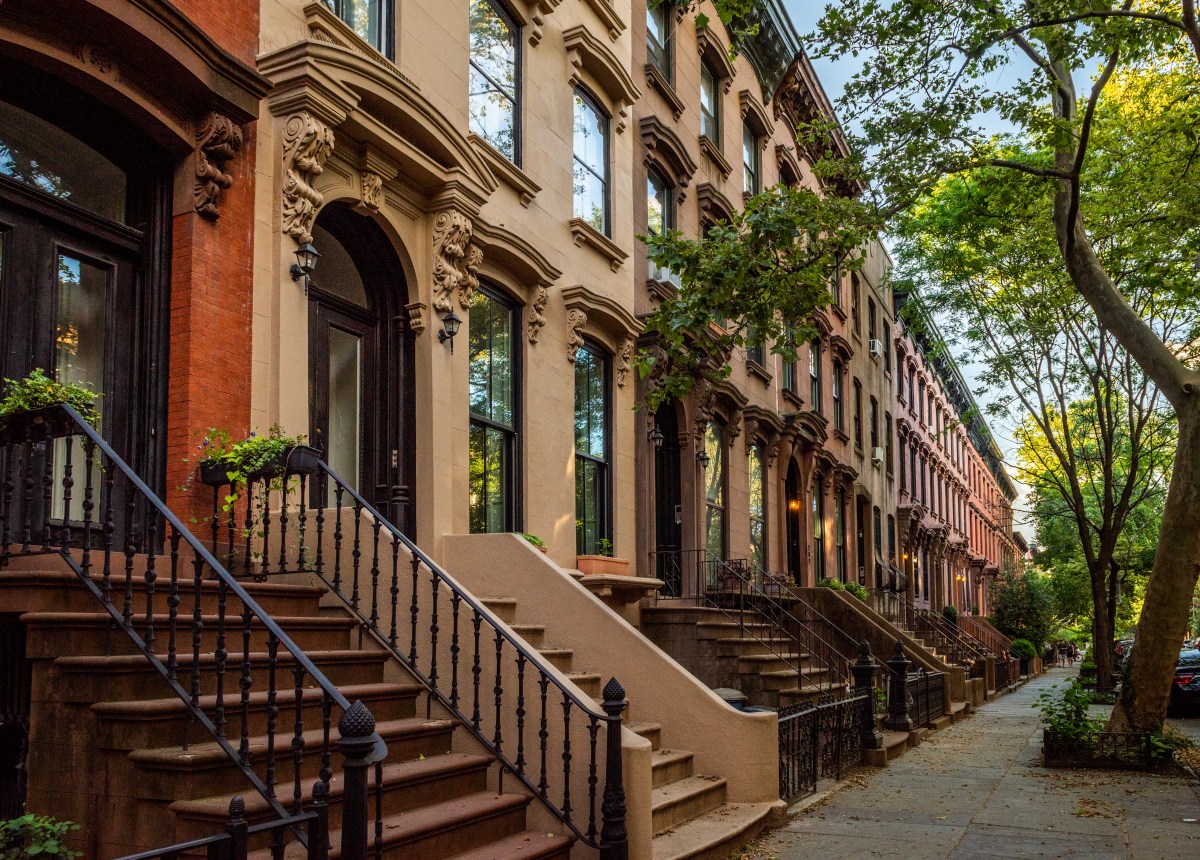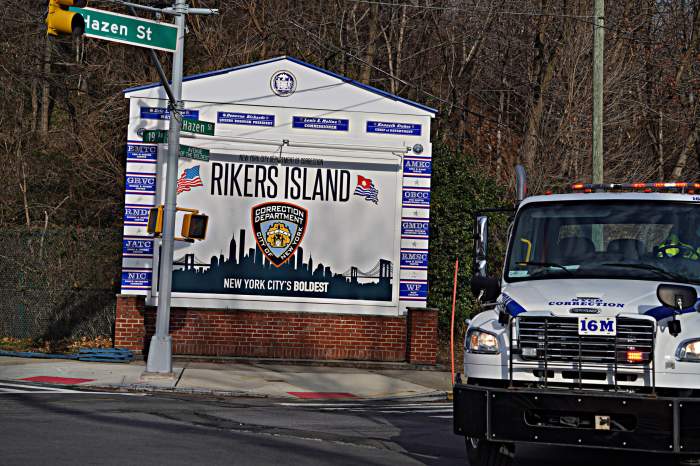
In 2012, superstorm Sandy caused Election Day confusion in New York City, where scores of polling places were relocated. Barring another major storm, voting this year will likely be much smoother.
Unfortunately, voting may not be so easy for millions of Americans nationwide — and not because of a weather emergency. In 22 states, voters could face obstacles to the ballot box in November, including strict photo ID requirements, cutbacks to early voting, and fewer registration opportunities.
All of the restrictions — which disproportionately affect seniors, students, low-income individuals and minorities — may make it harder to cast ballots. Taken together, it is the biggest voting rights rollback since the Jim Crow era. And unless the courts step in, these laws could dampen turnout and drown out the voices of ordinary residents.
Election laws have been prone to politicization, but the tide turned in 2010, when a new crop of state legislators passed laws making it harder for certain citizens to vote. Partisanship and race played key roles.
Of the 22 states with new restrictions, 18 passed through GOP-controlled bodies. Of the 11 states with the highest African-American turnout in 2008, seven have new restrictions. And of the 12 states with the largest Hispanic population growth between 2000 and 2010, nine limited voting.
Social science studies support these findings. A University of Massachusetts Boston study showed states with higher minority turnout and more GOP legislators were more likely to restrict voting. Another from the University of Southern California suggested racial bias motivated support for such laws. Research also shows the laws hurt minorities.
Examples include new voter ID laws, which require specific kinds of photo ID that 11 percent of Americans do not have, and cutbacks in early voting.
In Texas, data showed 600,000 to 800,000 registered voters did not have photo ID and Hispanics were 46 to 120 percent more likely to lack ID than whites. In North Carolina, Department of Justice data show seven in 10 African-Americans who voted in 2008 used the early voting period, and 23 percent did so during the week that was eliminated.
Fortunately, advocates are fighting the laws in court, and the challenges have a successful track record. Before November 2012, 10 courts blocked laws in seven states. The courts will play a crucial role in 2014. This year, Pennsylvania gave up on a voter ID law after a court struck it down. Voters also received favorable decisions in ID cases in Wisconsin and Arkansas. There are suits in seven states.
But a critical tool is missing this year — the Voting Rights Act. A year ago, the U.S. Supreme Court gutted the law’s core protection, which had helped block many of the restrictions. Since then, a number of states, such as Texas and North Carolina, adopted controversial changes. Most of the measures are once again being challenged.
Not all states are trying to cut voting. Indeed, 16 have improved access. The most common improvements were online registration and increased early voting. In New York, voters with a DMV identification can register or update their information online, although it’s one of a handful of states without a meaningful early voting system. Still, the national struggle over voting rights is the greatest in decades. Residents in nearly half the country could head to the polls in November with voting rights that are weaker than four years ago.
Erik Opsal is a communications manager at the Brennan Center for Justice at NYU School of Law. Myrna Pérez is deputy director of the center’s Democracy Program.































